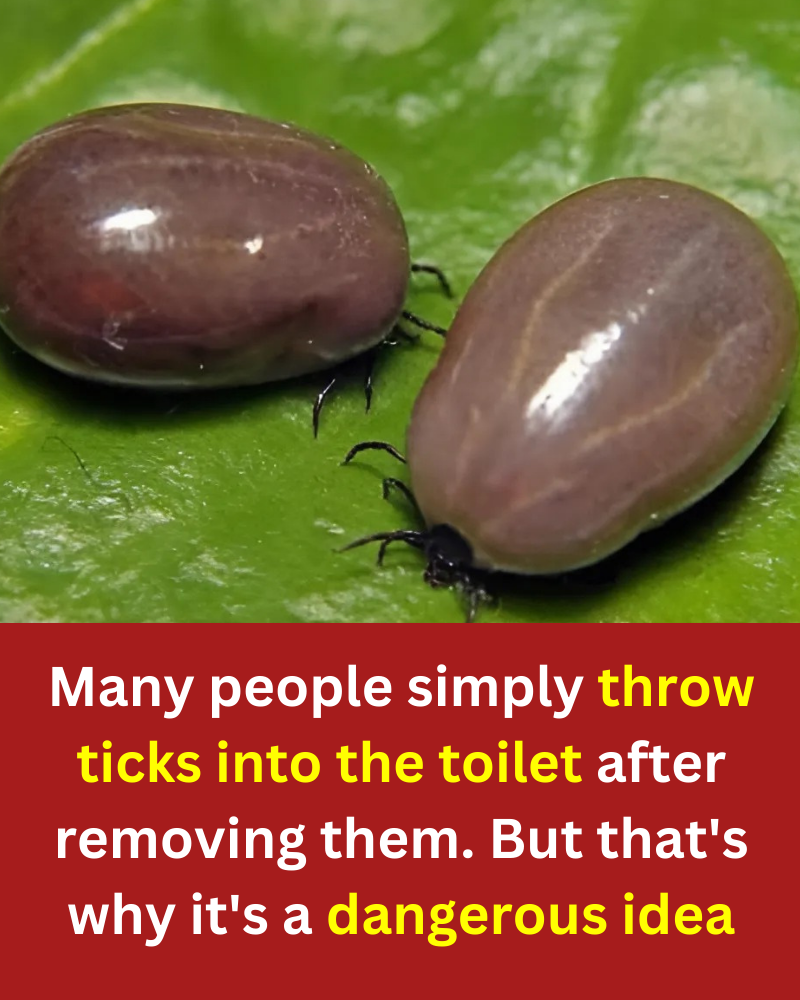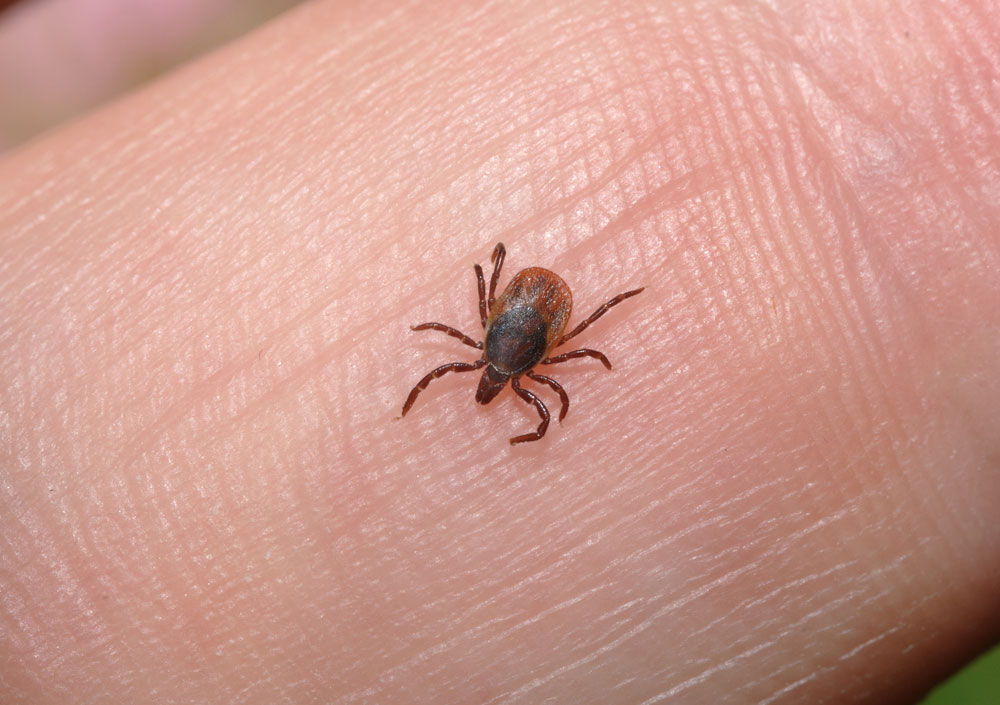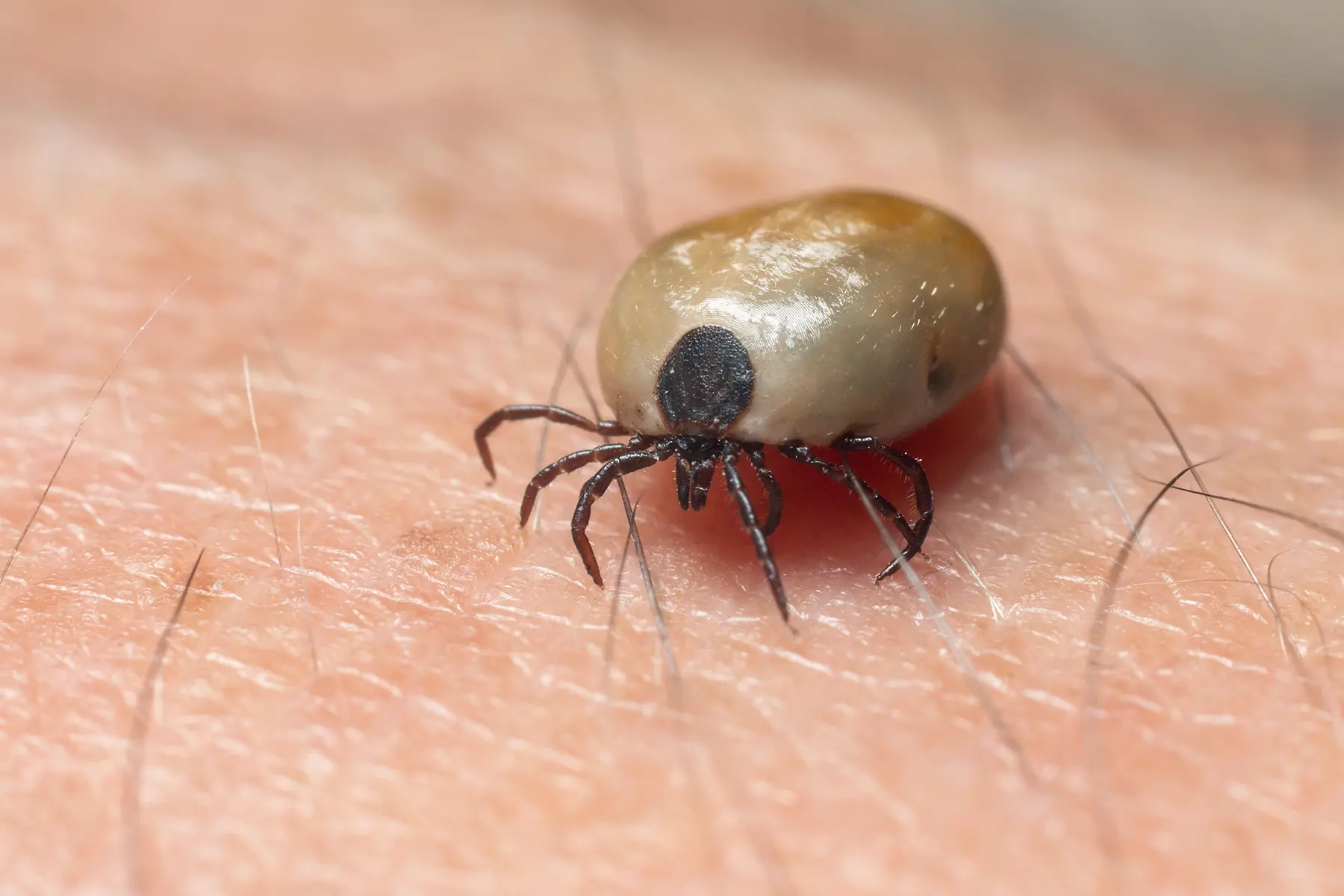
Ticks are tiny arachnids that feed on the blood of mammals, birds, and occasionally reptiles or amphibians.
Though small, they can transmit serious diseases to humans through their bites. This makes careful removal and proper disposal critical in preventing the spread of tick-borne illnesses.
Why Ticks Are a Concern
Ticks are carriers of various illnesses including Lyme disease, Rocky Mountain spotted fever, and babesiosis. Left untreated, these conditions can become severe, highlighting the importance of caution when dealing with ticks.
What to Do If You Find a Tick on You
If you notice a tick attached to your skin, remove it as soon as possible. Use fine-tipped tweezers to grasp the tick close to the skin’s surface and pull upward in a steady, straight motion. Avoid twisting or squeezing, which can cause the tick to release infectious material into your body.

What You Shouldn’t Do
Don’t use home remedies like burning the tick with a match or smothering it in nail polish remover or petroleum jelly. These methods can irritate the tick, increasing the chance of it transmitting disease. Avoid crushing or puncturing the tick as well.
To Flush or Not To Flush?
It is crucial to remove ticks from your pet carefully and not use your hands. Rather, utilize fine-tipped tweezers to seize the tick as near to the skin surface as you can and pull upward with steady, even pressure to guarantee the entire tick is extracted.
Once removed, it is vital to avoid crushing the tick. Instead, it is recommended to put the tick in a sealed container for a veterinarian to identify. Nonetheless, should you lack the ability to take the tick to a veterinarian, an alternative approach for safe disposal is to wrap it carefully in tape or put it in a sealed bag.
It’s worth mentioning that while flushing ticks down the toilet is a feasible method, veterinarians often suggest bringing the tick to their office for identification and further evaluation.
How to Dispose of a Tick
Once removed, ticks should be sealed in a bag or small container to avoid contact with humans or pets. Another safe option is flushing them down the toilet. Either method helps prevent further exposure and potential disease transmission.

Checking Pets for Ticks
Regular tick checks are important, especially during warmer seasons, though ticks can also survive colder weather. Inspect your pet thoroughly—especially around the ears, toes, armpits, groin, and under skin folds. Running your hands through their fur and using a fine-toothed comb can help detect any hidden ticks.
When removing a tick from a pet, use tweezers and apply steady pressure close to the skin to pull it out cleanly. Never remove ticks with bare hands. After removal, avoid crushing the tick; instead, place it in a sealed container.
If possible, bring it to a veterinarian for identification. If that’s not feasible, secure the tick in a sealed bag or wrap it in tape. Flushing the tick down the toilet is also considered safe, though not preferred by vets who may want to assess it further.
Symptoms to Monitor After a Bite
After a tick bite, stay alert for signs of illness. Symptoms like fever, chills, fatigue, joint or muscle aches, and flu-like sensations could indicate a tick-borne disease. A red, bullseye-shaped rash around the bite site is often an early sign of Lyme disease.

What to Do If Symptoms Appear
If you develop symptoms following a tick bite, consult a healthcare provider immediately. Let them know about the bite and describe any changes in your health. Prompt treatment can prevent more serious complications from developing.
Final Thoughts
Removing ticks properly and disposing of them safely are key to preventing disease. With the right precautions and a watchful eye—especially during outdoor activities—you can help protect yourself and those around you. If symptoms do appear after a bite, seeking medical help early is essential.